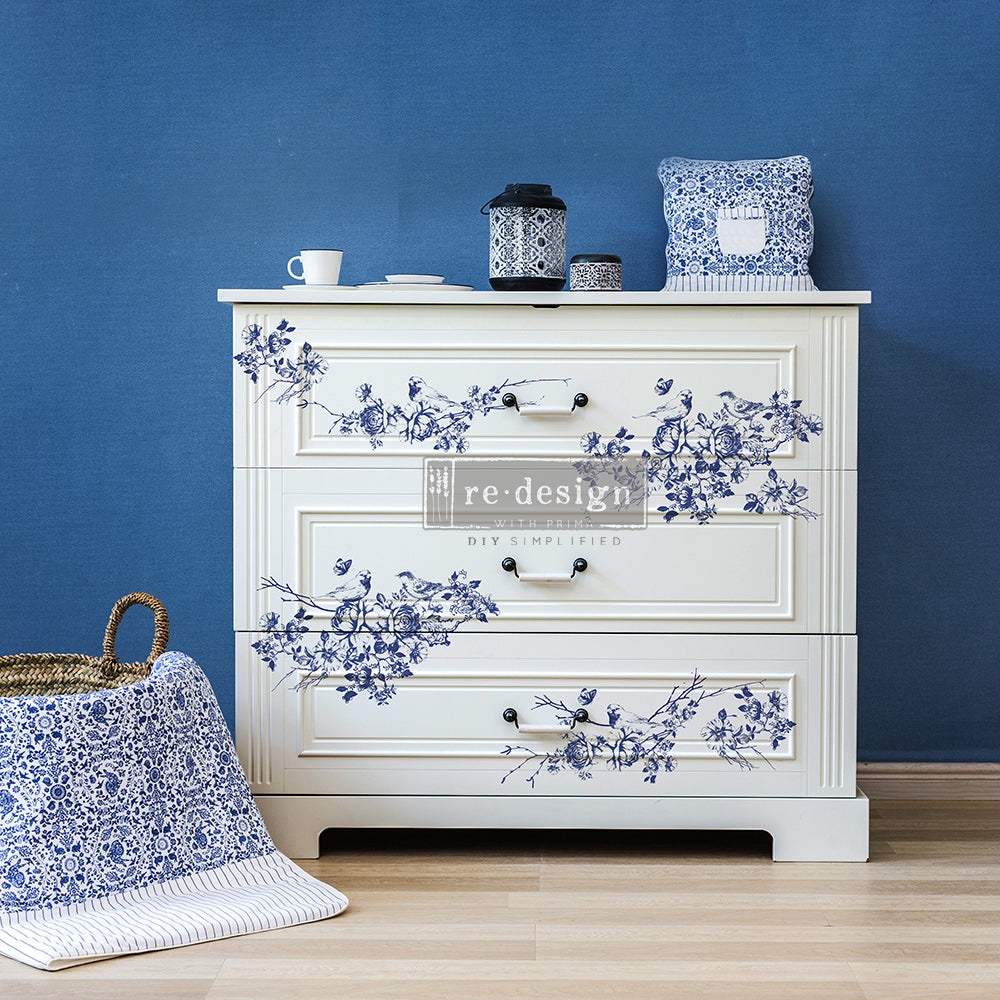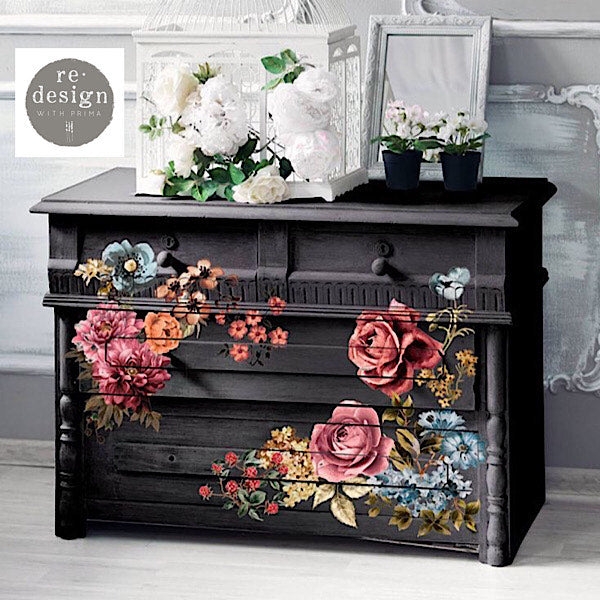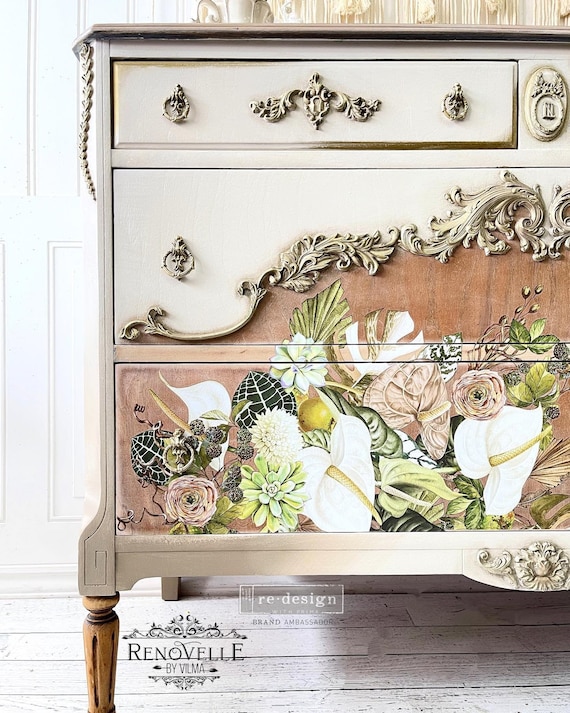Are you looking to breathe new life into your old furniture? Transfers for furniture decoration could be your best friend! As someone who has dabbled in furniture upcycling for years, I’ve seen firsthand how transfers can transform not just pieces, but entire rooms. This guide is designed to help you navigate the world of furniture transfers, offering tips, insights, and inspiration along the way.
What Are Furniture Decoration Transfers?
Furniture decoration transfers are adhesive decals designed to add visual interest to surfaces such as wood, metal, or even fabric. They come in various designs, from intricate floral patterns to bold graphics, allowing you to express your style without the need for extensive artistic skills.
Types of Furniture Transfers
Understanding the different types of transfers available can help you choose the best one for your projects. Here’s a breakdown of the most common types:
1. Water-Slide Transfers
Water-slide transfers require soaking in water before application. They are particularly popular for detailed designs.
2. Rub-On Transfers
Rub-on transfers are applied by rubbing the design onto your furniture surface. They are easy to use and great for beginners.
3. Vinyl Transfers
Made from vinyl, these transfers can be cut into any shape or design and are often used for modern styles.

4. Decoupage Transfers
Decoupage transfers involve gluing paper designs onto furniture, often finished with a sealant. They offer a textured look.
5. Heat Transfers
These need heat to adhere and are typically used on cloth or fabric surfaces.

How to Use Furniture Transfers
Applying furniture transfers is a straightforward process, but there are some key steps to ensure success:
Step 1: Choose Your Design
Pick a design that complements your furniture and overall decor style.

Step 2: Prepare the Surface
Clean your furniture thoroughly to ensure the transfer adheres properly. Sanding might be necessary for a couple of surfaces.
Step 3: Position the Transfer
Place the transfer on the desired area, ensuring it’s straight and centered.

Step 4: Apply the Transfer
For rub-on transfers, use a popsicle stick or similar tool to apply pressure evenly. For water-slide types, soak and slide carefully.
Step 5: Seal Your Work
After the transfer is applied, sealing it with a topcoat will protect it from wear and tear.

Pros and Cons of Using Furniture Transfers
| Pros | Cons |
|---|---|
| Cost-effective way to update furniture | Some transfers may not adhere well to all surfaces |
| Wide variety of designs available | Can be challenging to apply perfectly |
| Quick application process | May require sealing for longevity |
| Non-toxic options available | Some designs may fade over time |
Inspiration for Your Next Project
If you’re feeling stuck on how to use transfers, here are some creative ideas:

1. Upcycled Furniture
Use transfers to revitalize old chairs, tables, or cabinets. A floral transfer on a vintage dresser can create a stunning focal point.
2. Accent Pieces
Transform small items like picture frames or decorative trays with bold designs.
3. DIY Home Decor
Use transfers on canvas or even fabric to make custom wall art or cushions.
4. Seasonal Decor
Consider changing transfers with the seasons. Festive designs can be applied for holidays like Christmas or Halloween.
Comparison of Popular Furniture Transfers
| Transfer Type | Ease of Use | Design Detail | Durability |
|---|---|---|---|
| Water-slide | Moderate | High | Moderate |
| Rub-On | Easy | Medium | High |
| Vinyl | Easy | High | Very High |
| Decoupage | Moderate | Medium | Medium |
| Heat | Easy | High | High |
Common FAQs About Furniture Transfers
1. How long do furniture transfers last?
With proper care and sealing, furniture transfers can last several years. Avoid placing heavy items on top of them and clean with a damp cloth.
2. Can I use transfers on fabric furniture?
Yes, heat transfers are specifically designed for fabric, ensuring they stick well and withstand washing.
3. Do I need special tools for applying transfers?
Basic tools like a popsicle stick or sponge can suffice for most transfers. Water-slide transfers will require a water bowl, while heat transfers need an iron.
4. Are there non-toxic transfer options?
Many brands offer non-toxic and eco-friendly transfer options. Always check product descriptions before purchasing.
5. How can I remove a transfer if I change my mind?
Removing a transfer can be tricky, but with patience, you can peel it off or sand it lightly. Ensure to refinish the area afterward.